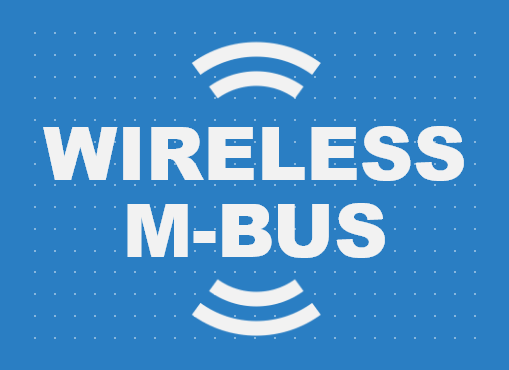Water meter reading with Wireless M-Bus.
Sistemi di comunicazione
Unlimited Flexibility: Compatible ARM MCU and Integrated Wireless Technology
What is WMBUS technology and how does it work?
Wireless M-Bus (WMBus) technology is a wireless communication standard designed for remote meter reading. WMBus is particularly suitable for Automatic Meter Reading (AMR) applications and for transmitting data from remote sensors. Here’s how it works:
- Network structure: WMBus operates as a network of wireless devices, with a central concentrator that collects data from remote meters or sensors.
- Operating frequencies: WMBus operates on different frequency bands, depending on the geographic region. The most common frequency bands are 169 MHz, 433 MHz and 868 MHz. The choice of band depends on local regulations and the need to cover longer distances or more difficult environments.
- Energy consumption: WMBus is designed to be energy efficient, especially considering that many remote meters and sensors can be powered by batteries with a long life. This is essential to ensure long battery life of the devices without the need for frequent battery replacement.
- Security: Security is a critical aspect in remote meter reading applications. WMBus includes security measures, such as authentication and data encryption, to ensure the protection of information transmitted over the network.
- Applications: The main applications of WMBus include automatic meter reading, monitoring of energy and water consumption, and collection of environmental data. It is widely used in the Internet of Things (IoT) to ensure reliable and wireless connectivity of measurement devices.


ADVANTAGES OF WMBUS
- Solution for support with M-Bus devices
- Local/remote consultation of data via graphic display and/or web server
- MULTI-HOP functionality
- Simultaneous management of Wireless M-Bus S/T/C operating modes
- Rapid availability of data transmitted by devices connected to the data logger
- Overview via synoptic of the entire radio coverage area with relative performance
- Auto-tuning of the MESH network based on reception performance
Contattaci
Hai necessità di maggiori info?
inviaci le tue richieste
inviaci le tue richieste